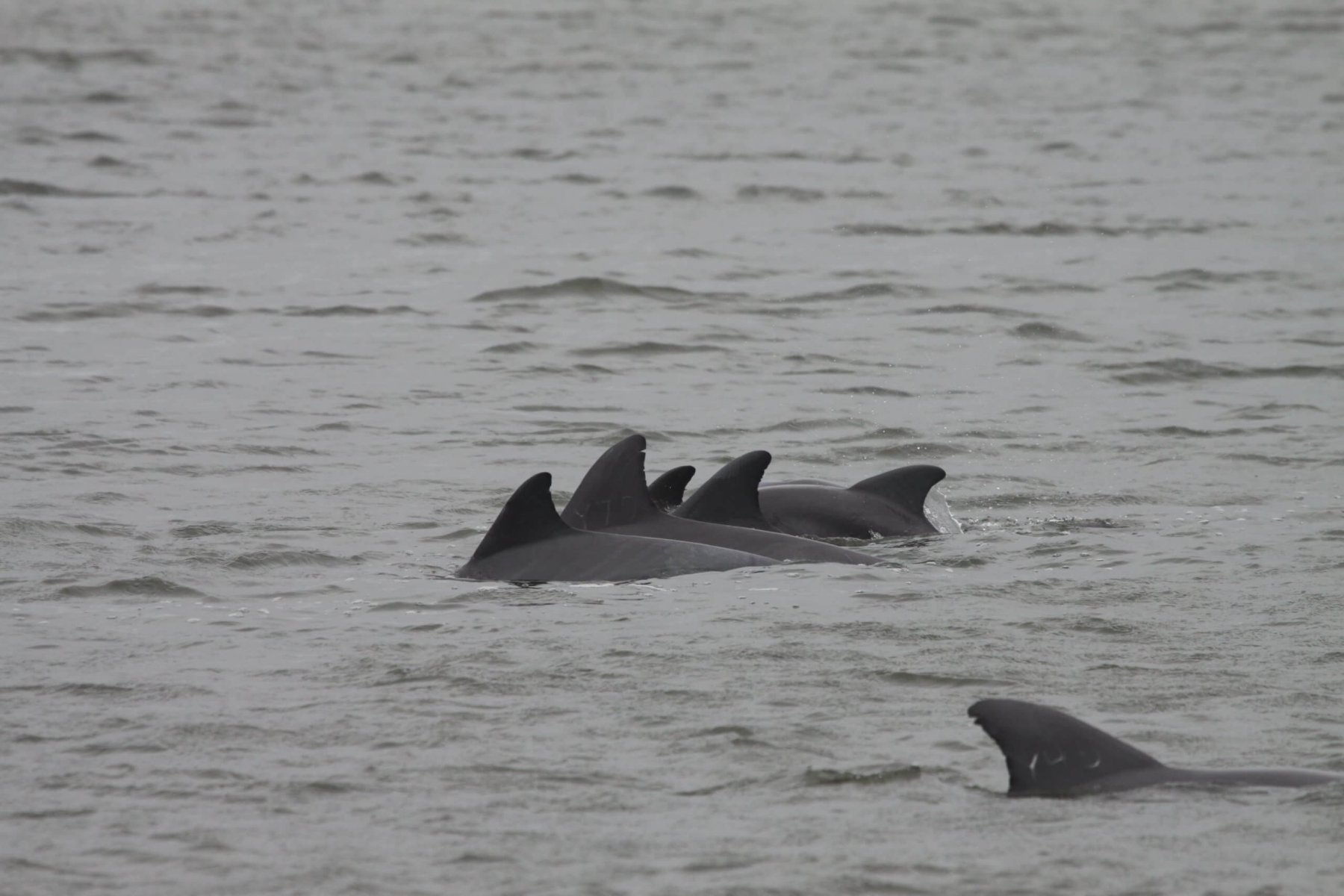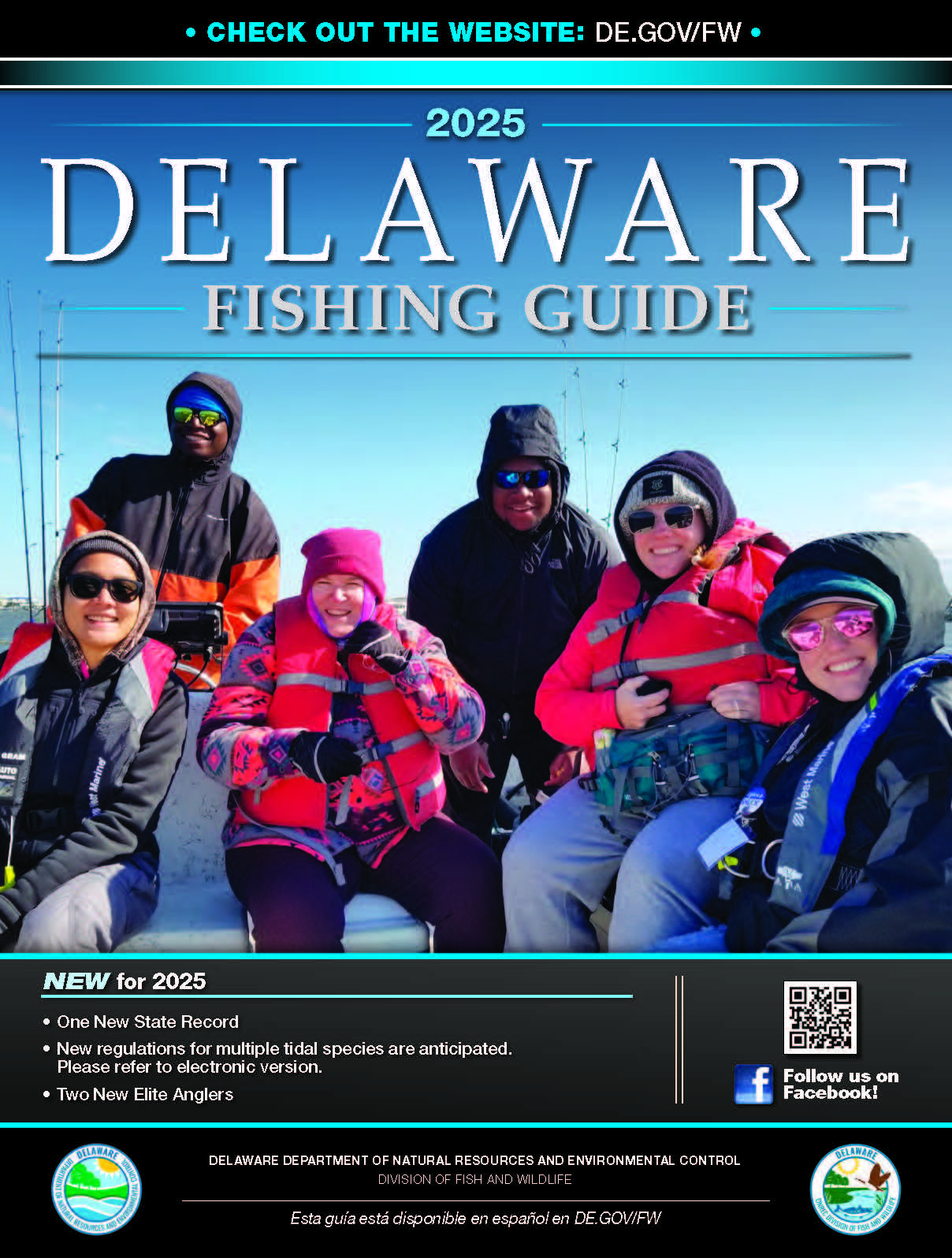Report on Advanced Imaging of Coral Fossils for Climate Action and Marine Conservation
1.0 Executive Summary
A new study demonstrates the use of neutron computed tomography (NCT) to non-destructively analyze coral fossils, unlocking crucial historical climate data. This technological advancement, a collaboration between the University of Sydney and the Australian Nuclear Science and Technology Organisation (ANSTO), has profound implications for achieving key United Nations Sustainable Development Goals (SDGs). By recovering data from previously unusable samples, the research directly supports:
- SDG 13: Climate Action, by enhancing the understanding of past climate systems to improve future climate models.
- SDG 14: Life Below Water, by providing historical context for coral reef resilience, which informs conservation and restoration strategies.
- SDG 9: Industry, Innovation, and Infrastructure, by pioneering a novel application of advanced scientific imaging technology.
- SDG 17: Partnerships for the Goals, through the successful collaboration between academic and national research institutions.
This report outlines the methodology, findings, and significant contributions of this research to global sustainability efforts.
2.0 Technological Innovation in Support of SDG 9
2.1 Neutron Computed Tomography (NCT)
The research introduces NCT as a groundbreaking, non-invasive method for paleoclimate studies, representing a significant contribution to scientific innovation and infrastructure (SDG 9). The technique uses neutron beams from ANSTO’s OPAL research reactor to create detailed three-dimensional internal maps of coral fossils.
2.2 Key Advantages of the NCT Method
- Non-Destructive Analysis: Preserves delicate and irreplaceable fossil samples for future study.
- Mineral Differentiation: Effectively distinguishes between the original coral mineral, aragonite, and its altered form, calcite. Aragonite retains the precise chemical signals of past ocean conditions.
- Data Recovery: Enables the identification of pristine aragonite pockets within fossils previously deemed too degraded for analysis, thereby expanding the archive of usable climate data.
3.0 Advancing Climate Action (SDG 13)
3.1 Reconstructing Past Climates
The ability to extract reliable data from ancient corals directly enhances efforts to take urgent action to combat climate change and its impacts (SDG 13). The preserved chemical signals in aragonite provide invaluable information on historical environmental conditions.
3.2 Contributions to Climate Science
- Extended Climate Records: The study successfully analyzed a Mid-Pleistocene specimen from the Great Barrier Reef, approximately 600,000 years old, extending reliable climate records further into the past.
- Understanding Climate Thresholds: Data from these fossils helps scientists identify environmental tipping points and thresholds that coral reefs have faced historically, offering vital knowledge as human-driven climate change accelerates.
- Improving Climate Models: By providing a more accurate context of how ecosystems responded to natural warming and cooling cycles, the data strengthens climate models used to forecast the impacts of modern climate change.
4.0 Implications for Life Below Water (SDG 14)
4.1 Conserving Marine Ecosystems
Coral reefs are critical marine ecosystems, and understanding their history is essential for their conservation and sustainable management, a core target of SDG 14. This research provides a historical baseline for reef health and resilience.
4.2 Informing Conservation and Restoration
- Resilience Insights: The study reveals how reefs have responded to major environmental shifts, such as changes in sea level and temperature, over millennia.
- Strategic Restoration: Identifying periods when reefs collapsed or rebounded offers valuable lessons for developing effective, evidence-based restoration strategies today.
- Forecasting Future Impacts: Historical data on ocean chemistry can help forecast the long-term effects of modern challenges like ocean acidification on marine biodiversity.
5.0 Collaborative Partnerships and Future Directions (SDG 17)
5.1 A Model for SDG 17: Partnerships for the Goals
The project is a successful example of a partnership between academia (University of Sydney) and a national scientific organization (ANSTO). This collaboration bridges Earth science and advanced nuclear imaging, demonstrating how interdisciplinary partnerships can accelerate progress toward the SDGs.
5.2 Expanding Applications
The potential for NCT extends beyond coral research. Its non-destructive nature makes it a valuable tool for other fields crucial to understanding our planet’s history, including archaeology, paleontology, and materials science. The continued refinement of this technique promises to unlock further knowledge from the Earth’s fragile historical records, supporting a broad range of scientific and sustainability objectives.
Analysis of Sustainable Development Goals in the Article
1. Which SDGs are addressed or connected to the issues highlighted in the article?
-
SDG 13: Climate Action
The article’s central theme is understanding past climate change to better address current and future challenges. It discusses using coral fossils to reconstruct “Earth’s climate history,” assess how reefs react to “modern warming and sea-level rise,” and strengthen “climate models that guide conservation efforts.” This directly aligns with the goal of taking urgent action to combat climate change and its impacts.
-
SDG 14: Life Below Water
The research focuses on coral reefs, which are critical marine ecosystems. The article explains that the findings help in understanding how to protect these ecosystems (“how reefs and oceans responded to major environmental changes in the past”), inform “restoration strategies today,” and forecast the effects of “ocean acidification and its long-term effects on marine biodiversity.” This connects directly to the conservation and sustainable use of oceans and marine resources.
-
SDG 9: Industry, Innovation, and Infrastructure
The article highlights a significant scientific and technological innovation. The development and application of neutron computed tomography (NCT) for studying coral fossils is described as a “breakthrough” that “opens the door to recovering climate information.” This new, non-invasive technique represents an advancement in scientific research infrastructure and methodology, fitting within the scope of fostering innovation.
-
SDG 17: Partnerships for the Goals
The success of the research is explicitly attributed to a collaboration. The article states that the findings “mark an important collaboration between the University of Sydney and ANSTO (Australian Nuclear Science and Technology Organisation).” This partnership between a university and a national science organization exemplifies the multi-stakeholder cooperation needed to achieve sustainable development goals.
2. What specific targets under those SDGs can be identified based on the article’s content?
-
SDG 13: Climate Action
- Target 13.3: Improve education, awareness-raising and human and institutional capacity on climate change mitigation, adaptation, impact reduction and early warning. The research directly enhances institutional capacity by providing new data and methods for understanding climate history. The article notes the work “gives humanity the knowledge to face what lies ahead,” contributing to the scientific foundation for climate adaptation and impact reduction.
-
SDG 14: Life Below Water
- Target 14.2: By 2020, sustainably manage and protect marine and coastal ecosystems to avoid significant adverse impacts, including by strengthening their resilience, and take action for their restoration in order to achieve healthy and productive oceans. The research aims to provide “vital knowledge as human-driven climate change accelerates” and offers “valuable lessons for restoration strategies today,” directly supporting the goal of protecting and restoring marine ecosystems like coral reefs.
- Target 14.3: Minimize and address the impacts of ocean acidification, including through enhanced scientific cooperation at all levels. The article suggests that the data from coral records “might even help forecast ocean acidification and its long-term effects on marine biodiversity,” which is a key step in addressing this impact.
- Target 14.a: Increase scientific knowledge, develop research capacity and transfer marine technology… in order to improve ocean health. The entire article is about a new technological application (NCT) that increases scientific knowledge about coral reefs and past ocean conditions, representing a development in marine technology and research capacity.
-
SDG 9: Industry, Innovation, and Infrastructure
- Target 9.5: Enhance scientific research, upgrade the technological capabilities of industrial sectors in all countries… encouraging innovation. The project is a prime example of enhancing scientific research through a novel application of technology. The article describes it as the “first time NCT has been used to screen fossil corals for climate and dating studies” and a technique that could “change how scientists reconstruct ancient climates.”
-
SDG 17: Partnerships for the Goals
- Target 17.6: Enhance North-South, South-South and triangular regional and international cooperation on and access to science, technology and innovation. The article highlights the project as a successful “collaboration between the University of Sydney and ANSTO,” demonstrating a partnership between institutions to advance science and technology.
3. Are there any indicators mentioned or implied in the article that can be used to measure progress towards the identified targets?
-
For SDG 13 & 9 (Targets 13.3 & 9.5):
- Indicator: Publication of scientific research and development of new technologies. The article explicitly mentions that the findings were “published in Geochemistry, Geophysics, Geosystems by the American Geophysical Union.” The creation and successful application of the NCT method for coral analysis is itself a measurable outcome of innovation and enhanced research capacity.
-
For SDG 14 (Targets 14.2, 14.3, 14.a):
- Indicator: Development of data and models to inform conservation and restoration. The article implies this indicator by stating the research provides “crucial climate data” and helps “strengthen climate models that guide conservation efforts.” The ability to generate this data is a measure of progress.
- Indicator: Application of new marine technology. The use of NCT on coral fossils from diverse locations (Great Barrier Reef, Papua New Guinea, Ashmore Reef) demonstrates the application and transfer of a new marine technology to improve ocean health knowledge.
-
For SDG 17 (Target 17.6):
- Indicator: Existence of joint scientific projects between institutions. The article names the specific partnership between the “University of Sydney and ANSTO” as the foundation of the project, serving as a concrete example of a scientific cooperation program.
4. Summary Table of SDGs, Targets, and Indicators
| SDGs | Targets | Indicators Identified in the Article |
|---|---|---|
| SDG 13: Climate Action | 13.3: Improve education, awareness-raising and human and institutional capacity on climate change. | Publication of scientific research in peer-reviewed journals (e.g., Geochemistry, Geophysics, Geosystems) to increase the knowledge base. |
| SDG 14: Life Below Water | 14.2: Sustainably manage and protect marine and coastal ecosystems and take action for their restoration. | Generation of historical data on reef resilience to inform modern “restoration strategies.” |
| 14.3: Minimize and address the impacts of ocean acidification. | Development of methods to “forecast ocean acidification and its long-term effects.” | |
| 14.a: Increase scientific knowledge and develop research capacity and transfer marine technology. | The novel application of neutron computed tomography (NCT) as a new marine technology for studying coral fossils. | |
| SDG 9: Industry, Innovation, and Infrastructure | 9.5: Enhance scientific research and encourage innovation. | The development of a “breakthrough” non-invasive imaging technique for paleoclimate research. |
| SDG 17: Partnerships for the Goals | 17.6: Enhance cooperation on and access to science, technology and innovation. | The establishment of a successful research collaboration between the University of Sydney and ANSTO. |
Source: earth.com







